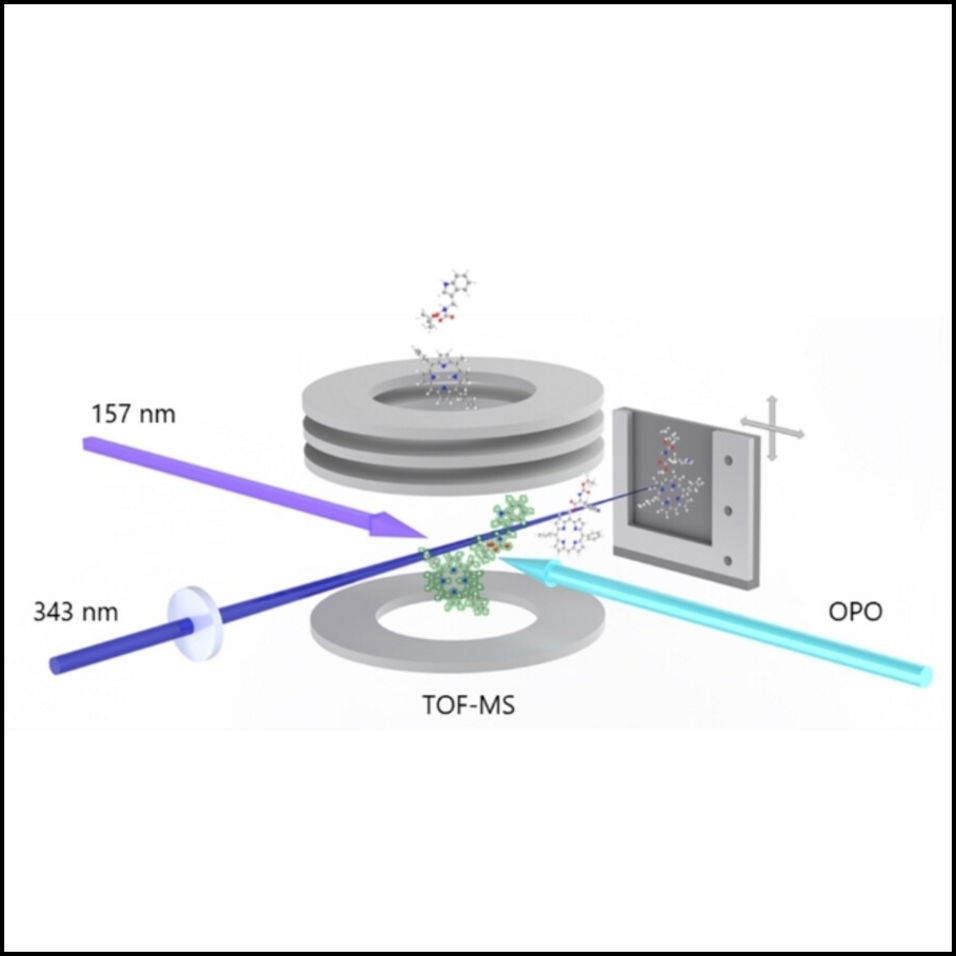Olga Rybakova, Josef Reisinger, Philipp Rieser, Philipp Geyer, Stefan Gerlich, Markus Arndt, Amal Kumar, Daniel Häussinger, Marcel Mayor, Valentin Köhler
Photocleavable Porphyrin Derivatives for Quantum Optics
Helv. Chim. Acta (2025), DOI: 10.1002/hlca.202500022
Abstract:
Optical control of molecular beams is intriguing as it promises to become a new tool for mass spectrometry and quantum interferometry, where a single or two photons deterministically remove a tailored tag from a larger molecular structure, e. g., a polypeptide. This cleavage process can change the charge state of the macromolecule, provide reporting signals for both fragments by mass spectrometry and it can selectively remove the fragments from a molecular beam by the momentum recoil generated in the dissociation process. Here, we explore a series of porphyrin derivatives as candidates for photocleavage in the gas phase. They share a large, conjugated core which promises a high absorption cross section for visible light. We present the individualization and beam formation of candidate molecules and study their photo-dissociation under tunable, visible radiation. We observe a significant wavelength shift and broadening in the photocleavage cross section for molecules in the gas phase compared to those in solution and we find that a single photon can suffice to trigger the cleavage process.

